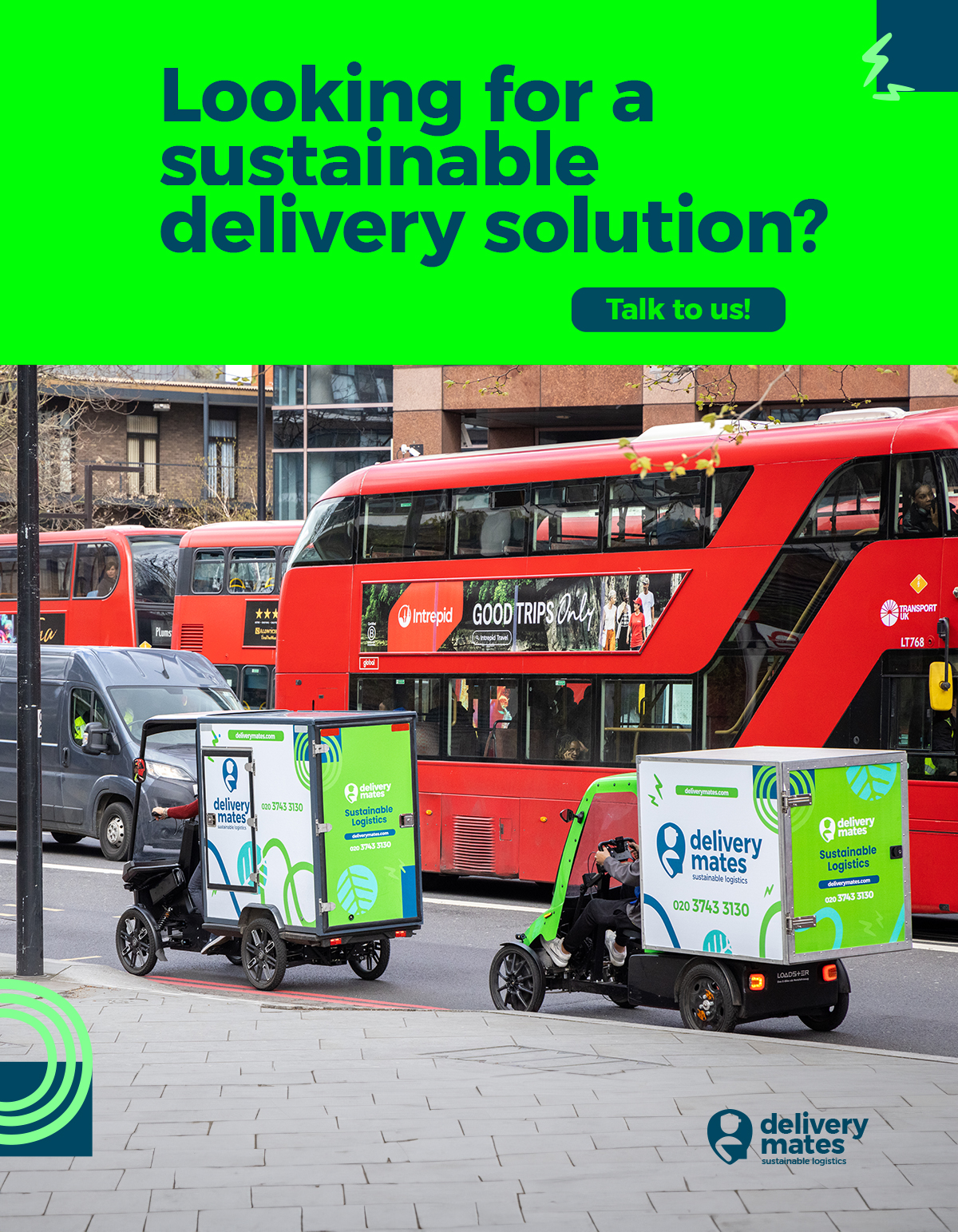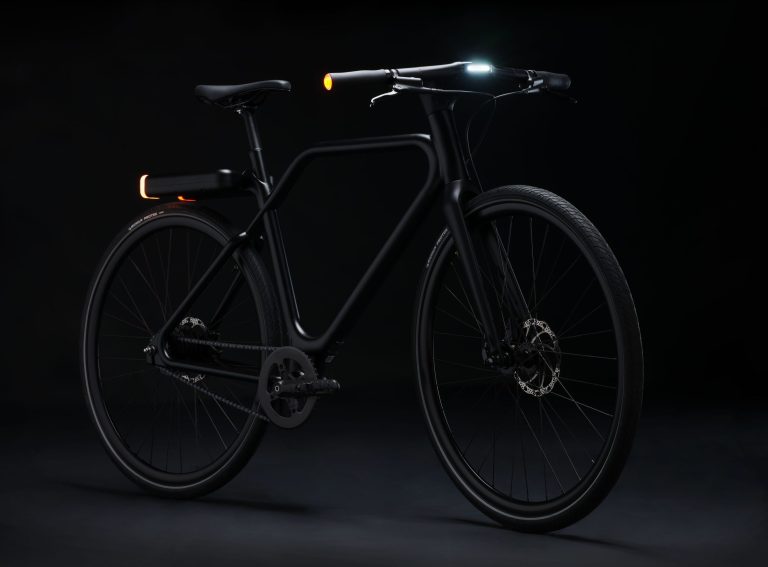Mobility consulting firm Brightside has released a new methodology for measuring an e-scooters average lifespan.
This is a key metric for assessing sustainability.
“To be a highly sustainable mode, e-scooters must have long lifespans that amortise their lifecycle impact over many passenger trips,” said the authors of the report.
Brightside therefore proposes a new methodology for calculating the lifespan of shared e-scooters using real-world data from operator Voi to model a fleet survival curve.
E-scooters are subject to more abuse than personally owned ones, and the analysis shows that the rate of vehicles lost or decommissioned increases over time due to wear and tear, a trend that must be incorporated into the model.
The proposed methodology models the fleet survival curve, adjusts for increases in decommission rates year over year, then identifies the point at which 50% of the total fleet is lost or decommissioned to find the average vehicle lifespan.
Using the model the authors estimate that Voi’s Voiager 4 e-scooter has a lifespan of 4.6 years for the frame and 3.7 years for each battery. This is about 5x longer than the vehicle modes used when Voi launched in 2018. Voi’s latest Voiager 5 has an estimated five year lifespan.
Brightside found that longer lifespans are largely attributable to improvements in vehicle design and circularity, including increasing the diameter of the neck and increasing the use of modular parts.
Proactive maintenance to ensure vehicles receive regular tune-ups also helps, as does GPS tech to improve vehicle retention.
Melinda Hanson, Founder and Principal at Brightside, told Zag Daily: “This report shows that Voi has put in the work to ensure their vehicles are long-lasting and that their service is sustainable.
“The data shows that the use of swappable batteries and modular parts have extended e-scooter lifespan significantly. Improvements in data collection – especially around battery management – could further improve the sustainability of shared electric micromobility.”




